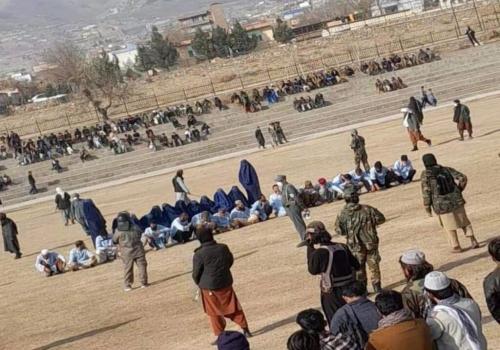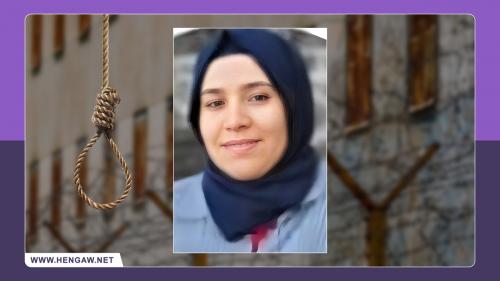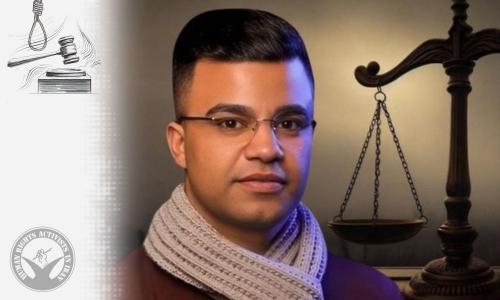09 April 2021 :
Military closes failing facility at Guantanamo Bay to consolidate prisoners
U.S. military guards have moved Khalid Sheikh Mohammed and other former CIA prisoners to the main part of the prison compound at Guantanamo Bay from a failing secret facility, in a consolidation of detention operations that could cut costs and reduce the troop presence at the base in Cuba, the military said Sunday.
Mohammed, who is accused of being the mastermind of the Sept. 11 attacks in 2001, and other so-called high-value detainees at Guantanamo were moved to Camp 5 as part of the consolidation. The 2-story building, a maximum-security facility that cost $17 million to build in 2004, is modeled after a state prison in Bunker Hill, Indiana. It has a modest detainee health clinic and a psychiatric ward with a padded cell, but none of the hospice or end-of-life care capacity once envisioned by Pentagon planners.
The maximum-security facility is designed to keep prisoners confined to their cells except when guards move an individual to showers, outdoor cages that serve as recreation yards or another cell where a single captive can sit in a recliner, one ankle shackled to a bolt on the floor, and watch television.
As of Sunday, the military said, all 40 so-called war on terror detainees — the 11 men who have been charged with war crimes, as well as others who are held as indefinite detainees — were housed in a compound containing 2 prison buildings, called Camps 5 and 6.
The plan to consolidate the prisoners was devised during the Trump administration, when their former compound, Camp 7, was failing. Raw sewage sloshed through the tiers, the power sometimes went out and some cell doors would not close at the site. The situation worsened over the summer amid the coronavirus pandemic because it was difficult to bring in contractors and spare parts.
“This sounds like a solution to the crumbling Camp 7,” said James G. Connell III, a capital defense lawyer who represents Ammar al-Baluchi, who along with his uncle, Mohammed, and three other men is accused of conspiring in the Sept. 11 attacks. “They are abandoning it rather than repairing it.”
Camp 7 also housed some of the best-known captives of the post-9/11 period, including a Palestinian man known as Abu Zubaydah, who is held without charges and was the first prisoner to be waterboarded by the CIA after the attacks; the Saudi man accused of orchestrating al-Qaida’s bombing of the Navy destroyer USS Cole in Yemen in 2000, and who is charged in a death-penalty case that has no trial date; and a Baltimore-educated Pakistani man, Majid Khan, who pleaded guilty to serving as an al-Qaida courier and was moved from the other prisoners as a government cooperator.
Maj. Gregory J. McElwain, a spokesman for the U.S. Southern Command, called the move a “fiscally responsible decision” whose planning “involved all relevant organizations to include the intelligence community.”
McElwain declined to say how much the consolidation cost. Over time, he said, the move would most likely mean a reduction in troops from the 1,500 mostly National Guard members who primarily serve nine-month tours of duty at the detention operation, which has been estimated to cost $13 million per prisoner per year.
Mohammed and the other high-value detainees were held at the classified Camp 7 site after their transfer to Guantánamo in September 2006. They had spent three to four years in the George W. Bush administration’s secret overseas prison network, known as black sites, where the CIA subjected its prisoners to sleep deprivation, forced nudity, waterboarding and other physical and psychological abuse.
By segregating the prisoners, under the watch of a special guard unit called Task Force Platinum, the intelligence agencies could strictly monitor and control their communications and prevent them from divulging what had happened to them. Defense lawyers who were eventually granted access to the men were bound by security clearances to keep their conversations classified, including in court filings that accused government agents of state-sponsored torture.
Camp 7 was long one of Guantánamo’s most clandestine sites. The Pentagon refused to disclose its cost, which contractor built it and when. Reporters were not permitted to see it, lawyers were required to obtain a court order to visit and its location was considered classified, although sources pointed to it on a satellite map of the base.
In the short term, McElwain said, Camp 7 “will be sanitized, shut down and locked.”
“A plan for its final disposition has yet to be determined,” he said.
The former CIA prisoners were kept mostly isolated in their early years at Camp 7. Each was allowed to speak with only one other prisoner through a tarp during recreation time, in conversations that were recorded for intelligence purposes.
Their lawyers described the conditions as mind-numbing until recent years, when the commanders permitted the prisoners to eat and pray together under strict surveillance. They also had a cell where they could prepare food to pass time.
It is unknown whether the military will emulate that communal lifestyle in the prisoners’ new surroundings.
The New York Times updates a site, The Guantanamo Docket, which keeps track of the 780 people who passed through the Guantanamo cells, and indicates the names and some data of the 40 people still detained.
https://www.nytimes.com/2021/04/04/us/politics/guantanamo-bay-prisoners.html?
https://www.nytimes.com/interactive/projects/guantanamo/detainees/current










